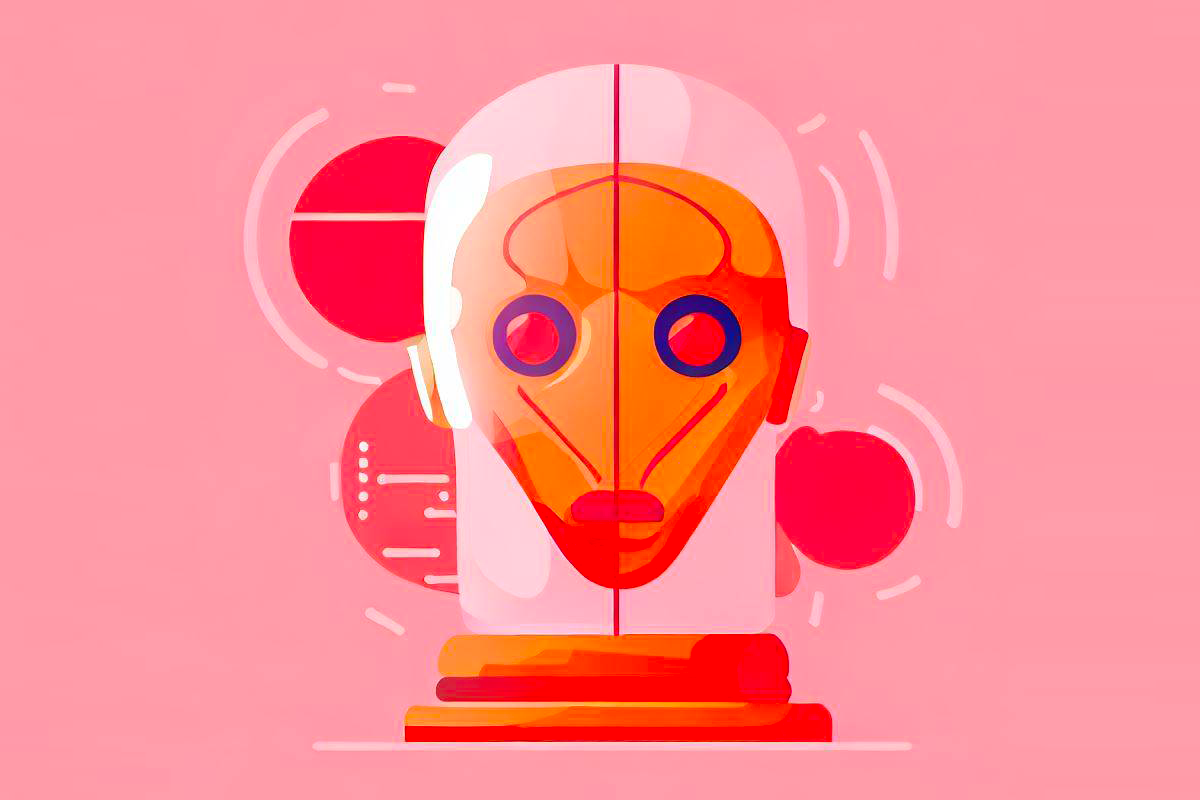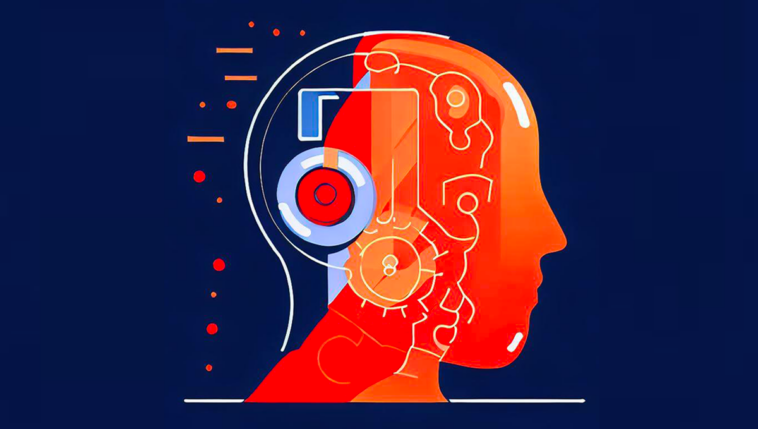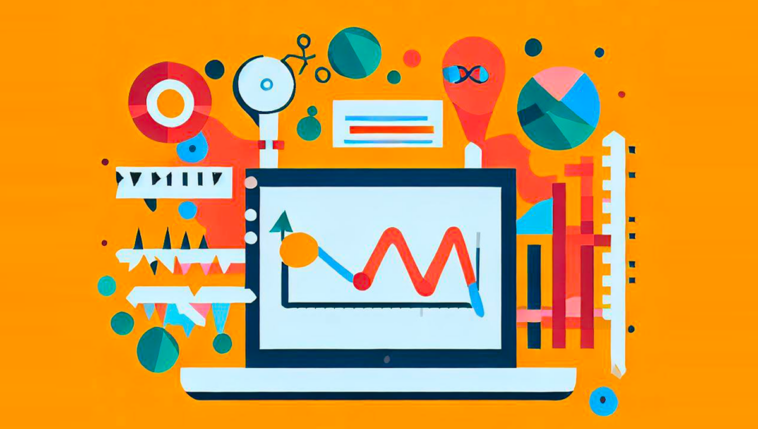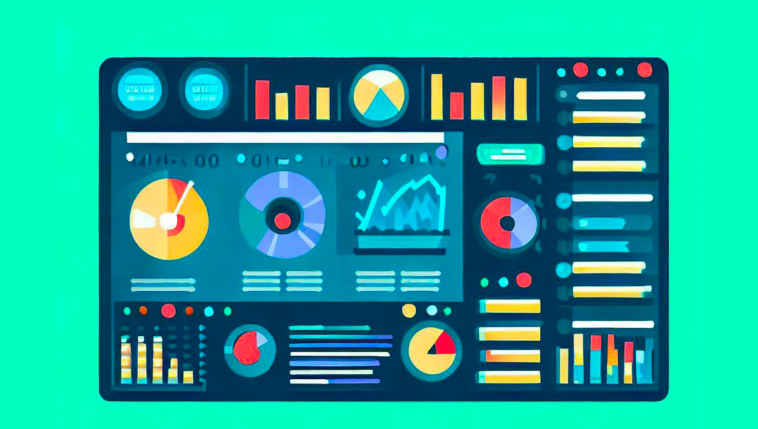
Have you heard of gamification before?
Personally, I find gamification in marketing and e-commerce incredibly fascinating because it involves understanding how to motivate and engage the human mind.
In other words, it’s about understanding how our psyche works and which elements influence our behavior in a particular direction.
I see great potential in gamification, and in this post, I’ll provide a brief overview of what gamification actually is.
What is gamification?
In its simplest form, gamification is about incorporating motivating game elements into a world that doesn’t necessarily have anything to do with digital games.
There are now countless examples of gamification executed to perfection.
One such example is the popular SEO tool Morningscore.
This tool has successfully turned a challenging discipline like SEO into a game through gamification.
It incorporates missions, progress visualization, and special reward systems that make it motivating and more manageable to tackle the many SEO tasks that are essential for an online business.
However, Morningscore is not the only example of gamification.
When it comes to digital marketing, there are also numerous examples of how game elements motivate users.
You’ve likely encountered the popular **spinning wheels**, which pop up on websites where you can win a prize by spinning the wheel.
Or perhaps you’ve been presented with a **quiz** or a **test** that guides you to the products you’re actually looking for.
Both examples have a very clear purpose, which you can read more about below.
The purpose of gamification
The purpose of incorporating game elements is to tap into consumers’ gaming behavior, which is motivated by being rewarded for completing a task.
In the case of the spinning wheel, there’s the opportunity to win a prize simply by spinning the wheel. This leaves the consumer with a desire to win and to use the prize on the website.
In the case of the quiz, a company gains a better understanding of the consumer’s profile and can tailor future marketing efforts to this customer profile.
The examples above are usually combined with a small form that the user fills out with their email, name, age, etc., and through gamification, there is potential for lead generation.
When it comes to marketing, the purpose of gamification, in other words, is to gain insights into consumer profiles, maintain their interest in the company (for example, through email marketing), and reward them at conversion points with loyalty programs and bonuses that, in many ways, resemble completed missions.
The future of gamification
Gamification is a method that can be applied in many different contexts.
In this post, I’ve briefly outlined how it can function in a SaaS tool like Morningscore, and how it impacts marketing in general.
It may sound simple and straightforward to incorporate game elements, but the fact is that gamification works.
Read also: My list of tools for marketing I use every month.
Our psyche is wired to strive for rewards in life for a task well done, as in the case of Morningscore.
Or in the case of the spinning wheel; who wouldn’t want to win a prize when given the chance?
The future of gamification looks bright if you ask me
Many predict that gamification will be enhanced with the incorporation of elements like AR and/or VR.
Here, the game elements will take on a completely new and more realistic expression, and consumer engagement will undoubtedly reach new heights.
In addition to the incorporation of Extended Reality in gamification, Artificial Intelligence (AI) will likely play a significant role in the future.
With AI integration in gamification, there would be the possibility to customize game elements for individual consumers, ensuring desired motivation and engagement from a wide range of target groups.
In other words, an AI-generated personalization of gamification elements that encompasses multiple target groups at once.










Comments